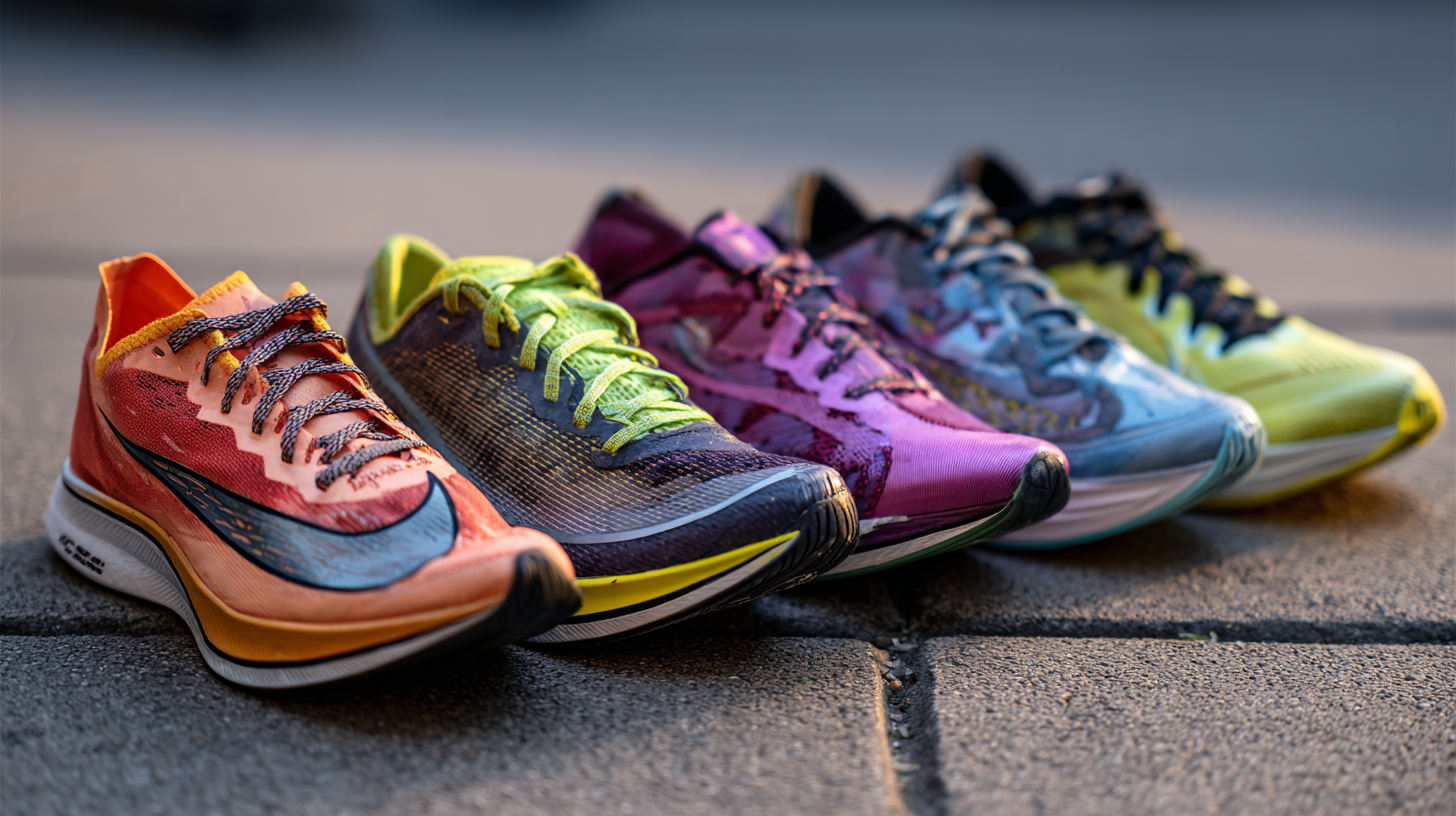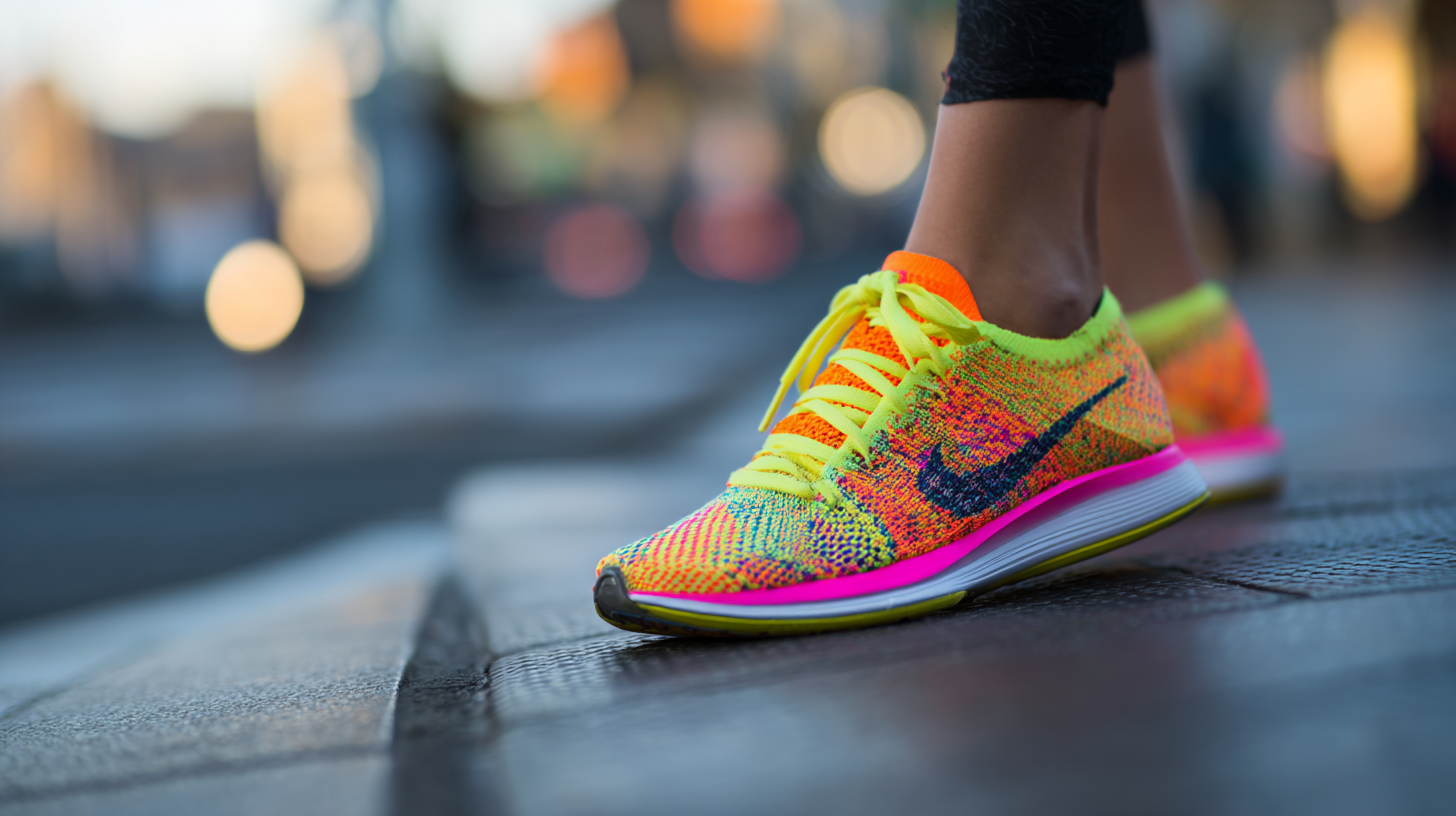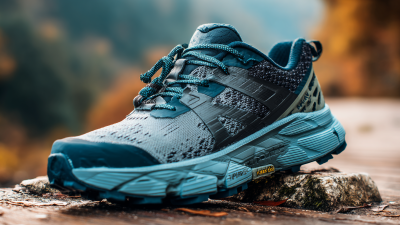
In recent years, the significance of selecting the right footwear for running has been underscored by various studies, establishing a crucial link between proper running shoes and injury prevention in female athletes. According to a report from the American Academy of Podiatric Sports Medicine, about 60% of runners experience injuries, many of which can be mitigated by investing in quality running shoes designed specifically for women. The nuances of foot shape, stride, and weight distribution require options that cater uniquely to the female form. Furthermore, the global market for women’s running shoes is projected to reach $6 billion by 2025, highlighting the growing recognition among female runners of the importance of appropriate footwear. This guide aims to distill expert reviews and vital data to empower women in making informed decisions about their running shoes, ensuring comfort, performance, and longevity, ultimately enhancing their running experience.

Choosing the right running shoes for women is crucial for both performance and injury prevention. With the global running shoe market projected to grow significantly by 2033, understanding the essential factors in selecting the best footwear is more important than ever. Key considerations include fit, support, cushioning, and the type of running you plan to do. A well-fitted shoe can enhance comfort and efficiency, allowing for longer and more enjoyable runs.
Tips: Always try on running shoes at the end of the day when your feet are slightly swollen to ensure a comfortable fit. Consider your foot type—whether you have flat, neutral, or high arches—as this will influence the support and cushioning you need. Additionally, don’t shy away from investing in a good pair; while the initial cost may be high, proper shoes can significantly reduce injury risks and improve overall performance.
When selecting your shoes, pay attention to the materials and technology involved. Recent advancements, such as the integration of carbon fiber into shoe design, may not always translate into improved running economy. Instead, focus on finding a shoe that feels right for your running style and personal preferences. Always remember that the best shoe for you is the one that meets your unique needs and allows you to run comfortably.
| Feature | Description | Importance Rating (1-5) | Average User Rating (1-5) |
|---|---|---|---|
| Cushioning | Provides comfort and absorbs impact during running. | 5 | 4.5 |
| Stability | Helps in maintaining proper foot alignment during runs. | 4 | 4.2 |
| Lightweight | Minimizes fatigue while running. | 4 | 4.7 |
| Breathability | Keeps feet cool and dry during runs. | 3 | 4.3 |
| Fit | Ensures comfort and prevents blisters. | 5 | 4.8 |
| Durability | Long-lasting materials that withstand wear. | 4 | 4.6 |
When it comes to selecting the ideal running shoes, understanding the different types is essential for women looking to enhance their running experience. Road running shoes are designed primarily for paved surfaces and are characterized by their lightweight, cushioned construction. These shoes often feature a smooth outsole to facilitate quick transitions and provide optimal shock absorption, making them perfect for long-distance runs or daily jogging on sidewalks and asphalt.

In contrast, trail running shoes are built for off-road terrain, offering more rugged features such as deeper treads for enhanced grip and protective materials to shield against rocks and debris. They often have a reinforced toe cap and a snug fit to prevent slipping on uneven surfaces.
Meanwhile, cross-training shoes serve a different purpose altogether, providing versatility for various workouts. With a flatter sole and more lateral support, these shoes are ideal for activities that involve frequent changes in direction, such as circuit training or aerobics. Choosing the right type of running shoe that aligns with your intended activities can significantly improve comfort and performance.
When it comes to finding the right running shoes for women, sizing and comfort are paramount. A proper fit not only enhances performance but also helps prevent injuries. Women typically have narrower heels and wider forefeet, so it's crucial to choose shoes that accommodate these differences. Brands often offer specific models designed to meet the unique anatomical needs of female runners. It's advisable to measure your feet in the afternoon when they are slightly swollen, ensuring that the shoes will remain comfortable throughout your run.
In addition to size, the comfort of a running shoe also depends on its construction and material. Look for breathable fabrics that wick moisture away and cushioning systems that provide support without sacrificing responsiveness. Always try on shoes with the socks you plan to wear while running, and ensure there is enough room to wiggle your toes. A good rule of thumb is to have about a thumb’s width of space between your longest toe and the front of the shoe. Taking the time to get the right fit and comfort level can significantly enhance your running experience and make each run enjoyable.
When selecting the perfect running shoes for women, it's crucial to start with expert reviews that factor in comfort, fit, and support. According to a report from the American Academy of Podiatric Sports Medicine, 79% of runners experience foot injuries due to improper footwear, highlighting the importance of making an informed choice. Look for shoes that offer a balance of cushioning and stability, as too much of either can lead to discomfort and impede your running form.
One key tip is to always try on shoes toward the end of the day when your feet are slightly swollen. This will ensure a better fit, as your feet can expand while running. Additionally, consider your foot type—whether you have high arches, flat feet, or neutral arches—as specific shoe designs cater to these needs. A study from the Journal of Sports Sciences found that runners wearing shoes designed for their foot type had a 25% lower risk of injury.
Lastly, don’t overlook the importance of the shoe's weight. Lighter shoes can enhance speed, but may sacrifice cushioning. The International Journal of Sports Physiology and Performance emphasizes that the right weight depends on your running style and distance. Make sure to read thorough expert reviews to find the right balance for your running needs.
This chart represents the average ratings for various important factors to consider when selecting women's running shoes based on expert reviews. The key dimensions include cushioning, support, weight, durability, and breathability, rated on a scale of 1 to 5.
When selecting the best running shoes for women, technology plays a pivotal role in enhancing performance and comfort. Modern running shoes incorporate advanced materials and design features that cater specifically to the biomechanics of a woman’s foot. Innovations such as lightweight mesh uppers improve breathability, while responsive foam cushioning provides essential support and energy return, reducing fatigue over long distances. These technological advancements allow runners to achieve better speed and efficiency.
Additionally, features like moisture-wicking linings and anti-microbial treatments help maintain foot health by preventing blisters and odor. Stability and motion control options are also crucial, particularly for overpronators, as they help in maintaining proper alignment during runs. Women's running shoes now often feature specific heel heights and arch support tailored to ensure optimal fit and performance. With the continuous evolution of technology in running shoe design, female runners have a wider array of choices that not only enhance their performance but also contribute to a more enjoyable running experience.







